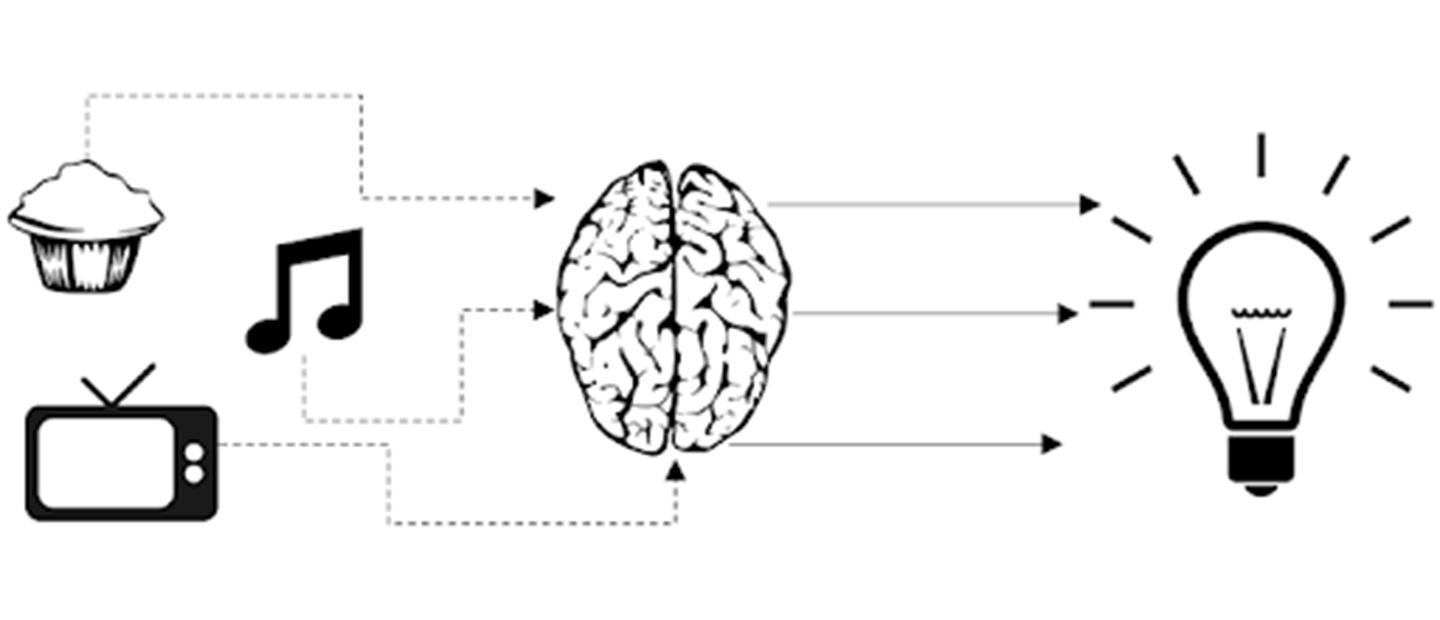Center for Excellence in Teaching and Learning
Kresge Library, Room 430
100 Library Drive
Rochester,
Michigan
48309-4479
(location map)
(248) 370-2751
[email protected]

Mind Your Cues: Learning with Class Rituals
Different disciplines, from behavioral science and neuroscience to education and psychology, contribute research to a similar conclusion: cues have powerful effects on the brain. Cues experienced through our senses solidify habits, ignite physiological reactions, and aid memory.
What does this mean for students? Cues can contribute to students’ good and bad habits. By recognizing cues and applying them strategically, students can focus attention, redirect bad habits, and ensure their learning is flexible. If students evaluate a bad habit, such as procrastination, they might find a cue that enables procrastination, such as TV, social media, or eating. By relocating the behavior from cue to reward, the procrastination habit might turn into productive behavior.
Beware! Cues can be so powerful that they can make learners stuck in rigid routines. If a student only studies content in a specific environment (the library’s cafe with background noise and coffee smell) and then takes a final exam on that content in an unfamiliar room, studies have shown that the student could perform poorly. Therefore, students should have some variation in their study environments.
What does this mean for faculty? Faculty can use cues to focus student attention, prepare students for challenges, and engage reflection to solidify learning. Faculty could find numerous ways to use cues, routines, and habit loops to prime a learning environment. Start by considering a few, simple class rituals that can improve the class experience.
How to Cue Learning with Class Rituals
1. Start ritual in the minutes before class.
- Have a prompt on the board or projection screen that starts class-related inquiry.
- Instruct students to prepare learning objects as a way to prepare for the class environment (note-taking items, pen).
- Set the same stage: have students arrange desks in a way that fits your class structure, place a bowl of mints at the front of class, or adjust lighting.
- Make the five minutes before class a silent handwriting time. Writing can be related or unrelated to class, but suggest that class-related writing reach back to last class or ask questions, while writing not related to class could be used to recognize distraction and release it for the class period.
- For a more extroverted exercise, start every class with a trash-can basketball game, best silly video from YouTube, name that tune, or other fun ritual.
- If class is a phone-free zone, have the class collectively do a silly goodbye to their phones before they make phones silent and place them out of sight.
2. Plan an opening ritual.
- Greet the class with the same phrase, statement, or question.
- Use the same starting slide, such as the course learning outcomes followed by questions of “How did last class contribute to these?” and “How do you think this class will relate to these?”
- Engage the class in a mindfulness activity, usually involving reflective prompts, silence, awareness of breathing, and posture.
3. Close class with cues.
- Conclude with tried-and-true reflection exercises such as one-minute papers, muddiest/stickiest points.
- In writing or verbally, ask students, “How does this session fits into the bigger picture (course, degree, career, life)?”
- Use counterpart rituals to your opening rituals (using the same farewell line, end with the same slide with which you began, happily reunite students with their phones).
Procrastination and Memory, from OU’s Barbara Oakley’s Learning How to Learn MOOC
For more on the content presented in this CETL Teaching Tip, watch the “Tackling Procrastination” video (Week 3) in the Learning How to Learn MOOC, featuring OU engineering professor Barbara Oakley and Terrence Sejnowski, UC San Diego biological studies professor.
Save and adapt a Google Doc version of this teaching tip.
About the Author
Written and designed by Christina Moore, Center for Excellence in Teaching and Learning at Oakland University. Others may share and adapt under Creative Commons License CC BY-NC.



